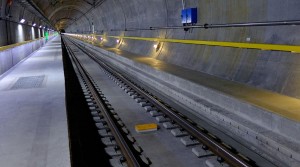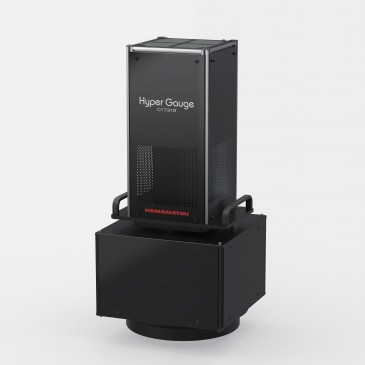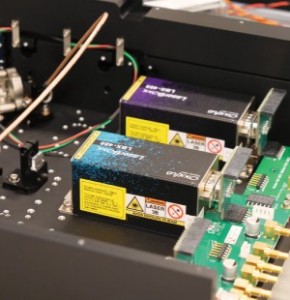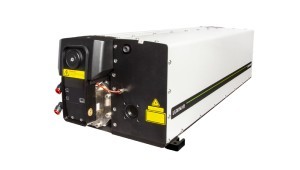
The Ceneri Base Tunnel (CBT) in Switzerland opened in December 2020. The last section of the New Railway Link through the Alps (NRLA), it serves as a southern feeder to the Gotthard Base Tunnel, the world's longest railway tunnel. Twenty-eight years after the country voted in favor of the building the NRLA, the entire project is now complete and operating a regular timetable service carrying both passenger and freight trains.
The CBT creates an uninterrupted rail route from the Dutch North Sea port of Rotterdam to the Italian city of Genoa on the Mediterranean. As such, the 9.5 mile CBT flat railway allows longer, heavier freight trains to deliver goods faster by traveling through the Alps, and for passengers to arrive at their destinations much earlier. It consists of two single-track tubes, approximately 100 yards apart, which are linked to each other by a total of 48 cross-passages. At its deepest point it is approximately 8,000 feet below the Alpine peaks.
Busbars were used in the Ceneri Base Tunnel instead of conventional catenary overhead lines to supply electricity to locomotives. Due to the lower overall height and because there is no need to ground components in the overhead contact line crack area, the use of busbars significantly reduced infrastructure costs. Overhead line specialist Furrer + Frey AG engineered and manufactured the Rigid Overhead Conductor Rail System in the CBT that integrates the busbars. A pantograph mounted on the roof of trains passing through the CBT collects power through contact with the Rigid Overhead Conductor Rail System, making it possible for the trains to achieve high speeds safely and efficiently.
With the help of a Mikrotron MotionBLITZ high-speed recording system, Furrer + Frey, together with the AlpTransit Gotthard AG and the Swiss Federal Railways, are able to observe how the pantographs behave in the section separator. Featuring a 4-megapixel EoSens® 4CXP high-speed camera, the Mikrotron system captures even at the most minor of events within the area of a train's pantograph. Video is recorded with a camera at 2,800 frames per second at a horizontal resolution of 2,336 pixels. It provides an excellent basis for assessment and evaluation for trains traveling on average at 124 miles per hour.
Among the insights the Mikrotron video system captures about the pantograph include answers to these critical questions:
In numerous trial runs captured by the Mikrotron MotionBLITZ, the Rigid Overhead Conductor Rail System was exhaustively tested. A specially-equipped ICE-S high-speed measurement train was demonstrated to safely travel at a velocity of 170 miles per hour – the highest speed to be tested in the Ceneri Base Tunnel.































 Back to News
Back to News



























